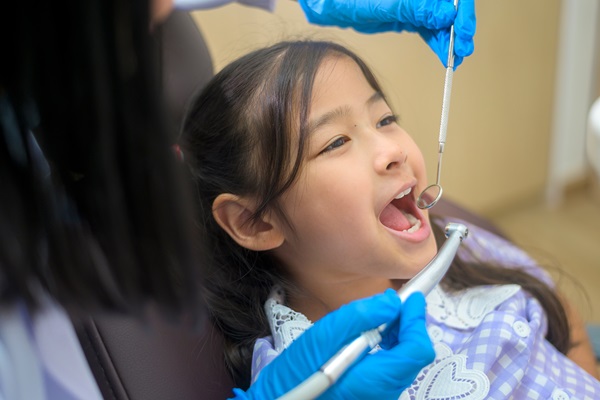 As a parent, you probably understand that pediatric dentistry is an important aspect of your child's overall health. However, you first need to deal with the teething process as the baby teeth emerge from the gums. It varies among babies, but teething typically begins around six months of age. Common symptoms include sore and irritated gums, excessive drooling, and irritability. These affect both the baby and the parents, but the good news is that there are things that help manage your child's discomfort.
As a parent, you probably understand that pediatric dentistry is an important aspect of your child's overall health. However, you first need to deal with the teething process as the baby teeth emerge from the gums. It varies among babies, but teething typically begins around six months of age. Common symptoms include sore and irritated gums, excessive drooling, and irritability. These affect both the baby and the parents, but the good news is that there are things that help manage your child's discomfort.
Tips for dealing with teething
While your child is going through teething, it may seem that the symptoms will never end. However, the good news is it is just a temporary phase. You can always ask a pediatric dentistry professional how to reduce the symptoms, but these are some common parent-approved remedies.
1. Cool washcloth
Chilled items help to numb irritated areas, and a washcloth is an easy option. Use a clean washcloth, get it wet, and then wring it out. Place it in a clean area in the fridge to cool. Once it is chilled enough, fold it and allow your baby to chew on it. The cooling aspect will help with any swelling, and the pressure from chewing on it will also help relieve the soreness.
2. Chilled foods
You can also have your child chew on chilled foods. Good options include soft fruits such as melon, strawberries, bananas, watermelon, mangoes, and applesauce. If you are worried about a young child choking on a piece of fruit, you can puree the fruit, put it in ice cube trays, and then take a frozen cube and put it in a mesh feeder. Another food option for a young child eating solid foods is a frozen waffle, as the squares catch the excess drool.
3. Gum massage
In pediatric dentistry, they often recommend using a clean finger to lightly massage the gums using circular motions. This helps relieve pain and can be soothing in general.
4. Drool wipes
One of the issues with teething is excess drool, and this often results in a rash around the mouth and chin. This can cause additional discomfort on top of the teething itself. Use a cloth diaper or soft bib to regularly wipe off the drool. You can also drape these items around the neck and chest to protect the baby's clothes.
5. Hugs and snuggles
Sometimes what your child needs is plain old cuddle time. Choose a comfortable chair, grab some blankets, and give your baby lots of snuggles and hugs. Not only is this comforting to your child, but it also allows both of you to have some quiet time and maybe even a rest.
Conclusion
Teething can be a tough time for babies and parents. Fortunately, it does not last forever, and there are remedies to help manage the discomfort. Once the first tooth arrives, you can schedule a pediatric dentistry appointment to establish good oral health routines.
Request an appointment or call Grand Parkway Pediatric Dental at 832-579-0960 for an appointment in our Richmond office.
Recent Posts
Visiting a pediatric dentistry office with your child ensures his or her future relationship with oral hygiene and dentists, in general. Whenever your child suffers from oral injuries, consider making an appointment with your pediatric dentist to uncover any underlying problems. For instance, injuries to the tongue and teeth could indicate a deeper jaw or…
Fluoridated water is part of pediatric dentistry. It is a convenient and easy way to strengthen and protect teeth at an early age. Many areas have fluoridated water, which is a definite advantage. If you want to know why a dentist will likely recommend fluoridated water, here are the details.Studies show that almost all sources…
Nutrition is an important part of pediatric dentistry. Having balanced amounts of vitamins and minerals can strengthen and protect the teeth. Proper nutrients also fuel dental function. If you want to know how important nutrition is for your child’s oral health, here are the details from a pediatric dentistry professional.Children are still developing. They need…


